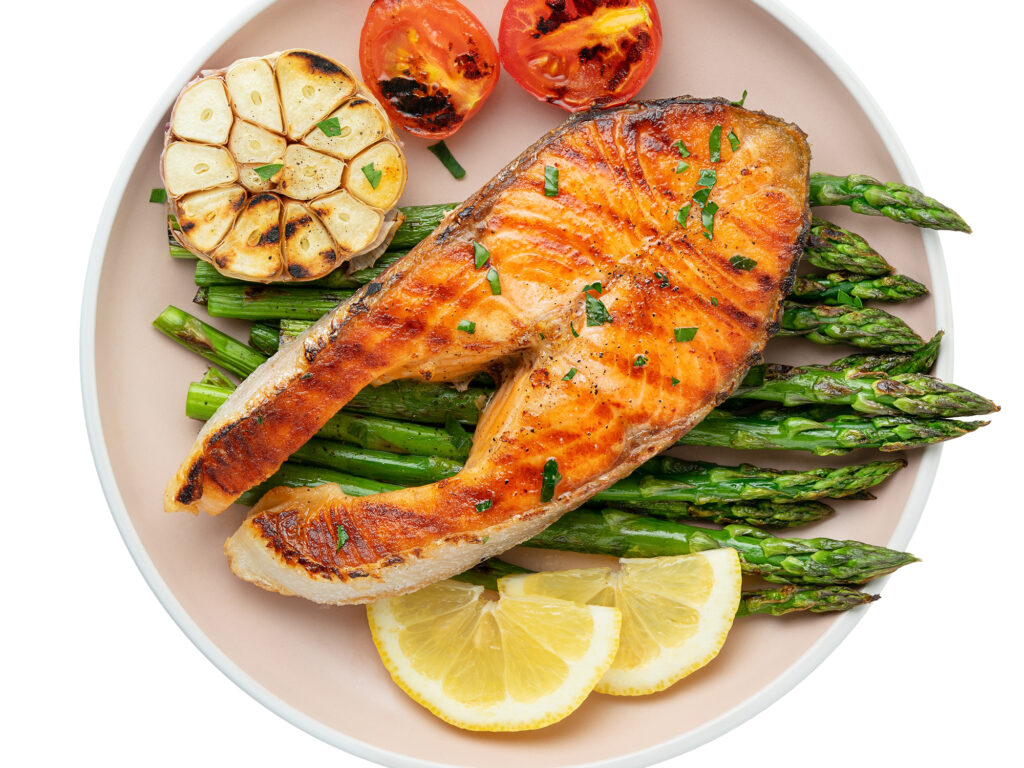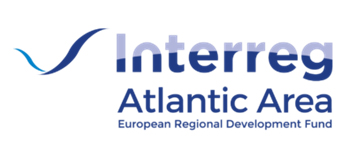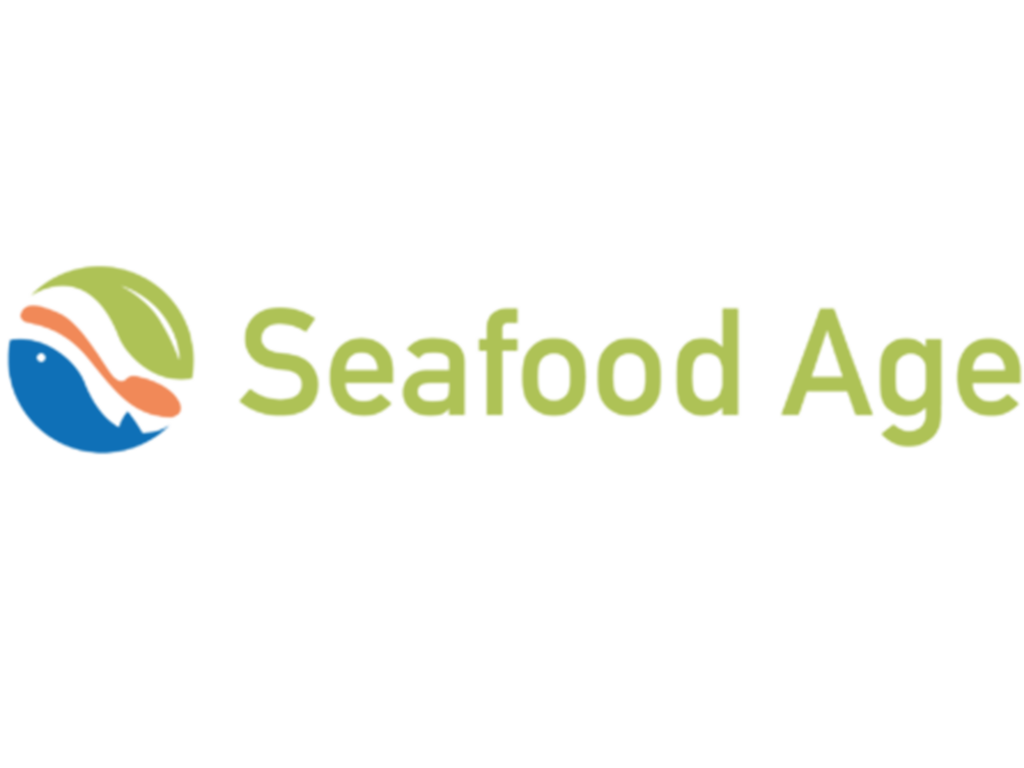
Seafood Age
2 May 2019 - 31 January 2023
Engineering and Engineering Trades

Prospects indicate that around 2040, the 65+ age group will be in the range 24% to 45% of the population across the Atlantic Area regions. Older adults often suffer from ill-health or disability with the subsequent socioeconomic implications. The project has ended.
SEAFOOD-AGE plans to exploit the maritime dimension of the Atlantic area regions to provide an effective answer. Malnutrition is a common problem mostly due to changes in eating habits, food choice and difficulties for meal preparation and intake. With their valuable nutritional properties, marine resources can play a major role towards healthier ageing. However, the efficient and sustainable use of marine resources poses further challenges. The project is a transnational joint effort aimed at creating solutions towards healthier ageing and a circular economy seafood sector.
Goals of the project
- design sustainable, healthier, safer, high-quality ready-to-eat (RTE) seafood products to meet the 65+ adults’ needs and reduce food loss
- produce eco-innovative packages exploiting natural resources and by-products to meet 65+ adults’ requirements
- design smart predictive labels to aid retailers to reduce food waste while optimising quality and safety and to support ageing consumers to make better-informed RTE seafood choices
- develop competencies for innovation and accelerate the pace of embedding the circular economy principles into the seafood sector.
Project actions
- Improve awareness of all stakeholders and empower consumers to boost efficiency and sustainability in the RTE seafood chain
- Design novel processes and products, on a close-to-market TRL, according to safety and sustainability requirements but also to older adults’ consumption patterns and trends
- Develop a novel RTE seafood solution to provide older adults access to essential nutrients, thus helping to reduce malnutrition and the associated health burdens
- Involve a smart combination of SMEs and associated partners with the right profiles to orient development, test solutions and lead results to the market, assuring future replication of impact
- Open new business opportunities which may lead to growth, industrial diversification and job creation in the AA seafood and connected sectors:
- In the fish processing by-products to manufacture new RTE seafood products
- In the design of novel marketing strategies to promote a dietary switch towards a higher consumption of omega-3 rich RTE seafood products
- In packaging and logistics, reducing use of non-renewable inputs and reducing waste (including food waste)
- In technology-intensive firms in the food-safety arena, producing smart predictive labels to be used in the novel production designs
- Benefit consumers by allowing them to make better-informed seafood choices. The SEAFOOD-AGE smart predictive labels will guarantee the highest quality and safety standards while informing about ingredients, production methods and product/package attributes
- Implement a comprehensive training and demonstration programme, with an important hands-on-practice component, for the different results of the project. Direct beneficiaries of these activities will include different firms and staff categories, from production managers and operators, to sales responsibles
The project will also contribute to implement some of key EU policy areas:
- EU FOOD 2030 by ensuring that nutritious seafood based RTE products are available, accessible and affordable for older adults
- Circular economy by implementing resource-efficient circular economy principles across the whole seafood RTE chain while reducing its environmental footprint:
- Making use of discards, fish processing by-products to obtain new RTE seafood products
- Helping to achieve the 55% plastic packaging ‘preparing for re-use and recycling’ target by 2025 introducing eco-innovative packaging solutions for the developed RTE seafood products
- Incorporating smart predictive labels to reduce food losses at the level of retailers and consumers
- European Fisheries Policy and the application of the Landing Obligation for fishing discards, by demonstrating some alternatives to valorise discards
Oamk's role in the project
Oamk role in this project is to design smart predictive labels to aid retailers to reduce food waste while optimising quality and safety, and to support ageing consumers to make better-informed RTE seafood choices.
Funding
The project was funded by the Interreg Atlantic Area European regional development fund.
Further information about the project
Please visit the Seafoo Age web-page